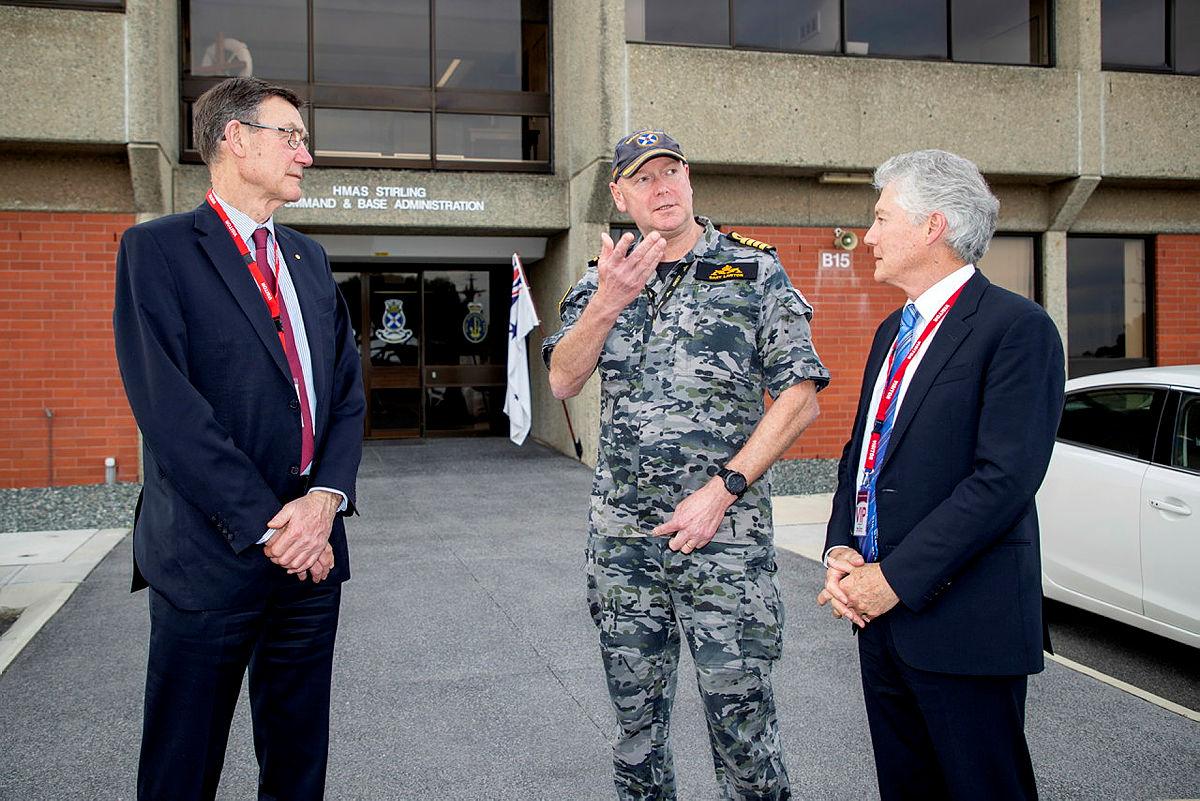
The two independent leads of Australia’s defence strategic review, Stephen Smith and Angus Houston, have got their work cut out for them. The terms of reference require the reviewers to assess Australia’s strategic circumstances, recommend the force structure needed to address them, identify the infrastructure and logistics needed to support that force, work out how to mobilise it and, last but not least, add up what it all will cost.
It’s a huge body of work—indeed, as much work as a white paper. Those normally take about 18 months. Smith and Houston were given eight months, and they have only five left.
They aren’t, of course, starting from scratch. It appears the new government shares the high-level assessments set out in the previous government’s 2020 defence strategic update, including the need for new offensive capabilities and the long-overdue recognition that we no longer have years of warning time for regional conflict. So there’s wide agreement on the strategic challenges we face. But there certainly isn’t agreement on the solutions.
Many observers noted that the force structure set out in the update was not well aligned with those strategic assessments; in particular, the Defence Department’s investment plan didn’t share the update’s sense of urgency, since many key capabilities wouldn’t even start to be delivered for more than a decade. In essence, the task now facing Smith and Houston is to resolve the mismatch between strategic urgency and the extended delivery time of Defence’s capability plan.
But the task has got harder in the past two years.
First, inflation is eating into the defence budget’s buying power. The government will need to increase the budget just so Defence can tread water. Adding to the shopping list will take even more money on top of that.
Second, the previous government’s decision last year to pursue nuclear-powered submarines means the navy will likely have to wait even longer for new boats, plus the higher cost of nuclear submarines puts even more pressure on the budget.
A key task for the reviewers will be to determine how to fill a likely submarine capability gap in a tight fiscal situation.
Third, it’s increasingly clear that the planned force will require a lot more people to operate and maintain. Based on Defence’s recruitment and retention performance in recent years, there’s no guarantee it will be able to find those people, no matter how much money it throws at the problem.
Fourth, the tasks facing the Australian Defence Force are multiplying, stretching it even thinner. There’s a firm government and public expectation that Defence will make major contributions to disaster relief. In an age of climate change, that’s an open-ended commitment that could sap Defence’s warfighting capabilities.
Fifth, there are few quick and easy solutions to be found by buying off-the-shelf capability from the US or Europe. One lesson from the war in Ukraine is that larger weapons stocks are essential, so everybody’s production lines are now booked up far in advance, especially for precision guided weapons. Meanwhile, setting up local production lines, whether for ships, submarines, armoured vehicles or missiles, is a slow process.
And finally, the need to develop allied capabilities to deter China’s coercive actions has become more pressing. China’s military capabilities are growing. This isn’t just a challenge off in the Taiwan Strait or the South China Sea. China’s naval vessels are frequent visitors to our near region and its strike capabilities can reach the Australian mainland.
To mix our metaphors, it’s a perfect storm of wicked problems. To deal with them, ruthless prioritisation will be needed and that will require recommendations from the review pushing the government to make some hard decisions. The first decision is narrowing down what the ADF is primarily intended to do. Is it to defend the Australian continent or to work with allies wherever we have a clear interest? Australian strategic policy continues to swing between these two poles.
The previous government’s justification for acquiring nuclear submarines rather than conventional ones seems to have been driven by the desire to operate with allies a long way from Australia in the South China Sea.
Deputy Prime Minister and Defence Minister Richard Marles has committed the Labor government to SSNs, but has also spoken about a ‘porcupine strategy’, which sounds more like continental defence. The review needs to state what it is designing the ADF to do. That also means stating what is a lower priority or, indeed, what the ADF is not doing.
Sensible decisions can be made on that issue if we acknowledge that Australia will not fight alone. That will allow the review to make clear-eyed recommendations about what we need to do ourselves, what we only need to play a supporting role in, and what we can rely on allies and partners to do. That will allow the ADF to generate mass in areas where it’s needed. An effective division of labour between allies can produce better outcomes than everybody seeking to duplicate their own small, supposedly sovereign, capabilities.
Finally, the terms of reference for the review clearly state that the government wants solutions delivered in the coming decade. Again, that will require clear prioritisation. The review needs to break Defence out of its habit of seeking perfect capability solutions that take time. That approach may have been acceptable when time wasn’t a factor, but now it’s the one thing we can’t buy.
The review needs to determine where a ‘good enough’ solution delivered quickly and at scale meets our needs better than an exquisite one sometime in the 2030s.
Such decisions may be unpalatable, since prioritisation means that not everybody gets what they want. Smith and Houston, and ultimately the government should it act on their recommendations, will inevitably attract criticism. But developing an ADF capable of protecting Australia and its interests is not a popularity contest.